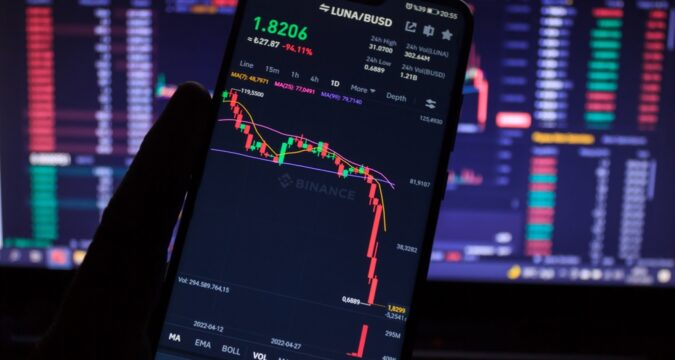
While crypto promises financial freedom, it comes with numerous risks that can cause users to lose their funds within seconds. For example, cybercriminals have, over the years, attacked various DeFi protocols, stealing millions of dollars. Moreover, several unregulated crypto platforms have disappeared with investors’ money, and the culprits have never been arrested.
In this article, we will teach you how to spot an unregulated cryptocurrency platform to help you protect your funds.
The Rise of Unregulated Crypto Platforms
The first crypto asset, Bitcoin, entered the market in 2009. Since then, thousands of other cryptocurrencies have been launched. However, regulatory bodies worldwide have struggled to keep up, causing the crypto sector to remain largely unregulated.
The unregulated environment has allowed bad actors to launch crypto projects, aiming to steal from innocent investors. Developers of unregulated platforms apply various techniques to lure investors to their projects. For example, they promise discounted trading fees and high returns.
According to a recent report from blockchain security company PeckShield, unregulated crypto platforms stole over $5 billion between 2022 and 2023. Moreover, the firm noted that these platforms have increased since the start of 2024 due to surging crypto prices.
How to Identify Unregulated Crypto Platforms
Here are some red flags to look out for as you evaluate a crypto platform:
1. Lack of Licensing: One of the biggest red flags is the absence of a license. A legitimate crypto platform usually holds a permit from a trusted financial watchdog to ensure investors are protected. Therefore, if a platform lacks a license, then it means it’s not overseen by any regulator. As such, avoid registering an account.
2. Anonymous Management: A serious crypto platform must reveal its leadership for accountability purposes. So, if you come across a protocol with anonymous leaders, it would be wise to avoid it because the likelihood of losing your money is very high. A good example of a platform that caused investors to lose money is Bitconnect. In 2018, this crypto exchange collapsed with its pseudonymous creator, Satao Nakamoto, disappearing with over $10 million without a trace.
3. Non-Existent or Poor Customer Support: Reputable crypto platforms offer numerous communication channels to allow customers to raise their issues and provide the required solutions instantly. Therefore, if you spot a platform without customer support or take days to respond, refrain from using its services.
4. Promises of Unattainable Returns: Do the promised returns seem unrealistic? Well, that’s a red flag. As mentioned, most creators of unregulated crypto platforms lure investors with promises of massive returns, which cannot be attained. For example, PlusToken, a project that collapsed a few years ago, promised people 30% monthly returns but failed to fulfill the promise and disappeared.
5. Pyramid Schemes Promoted as Referral Programs: Many pyramid schemes in crypto rely on new users to provide liquidity to pay early investors. So, if you notice a platform pushing its users to refer their friends, then proceed with caution.
6. No KYC Checks: All regulated crypto platforms must implement Know Your Customer policies to prevent money laundering. Therefore, any platform that doesn’t require customers to complete KYC checks should be treated as unregulated.
7. Bad Reviews: Before registering with any platform, check customer reviews on various forums such as Reddit. If bad reviews exceed good ones, then it could mean that the platform has several issues you need to be wary of.
8. No Independent Audits: If a crypto platform doesn’t conduct independent audits regularly to fulfill particular legal requirements, it should be avoided.
How to Examine a Crypto Platform’s Security
Regulated crypto platforms usually employ these security measures to keep user funds and data safe:
1. Two-Factor Authentication: 2FA serves as an extra layer of protection for your account, making it difficult for attackers to access your funds.
2. SSL Encryption: To protect user data, regulated platforms adopt SSL encryption to encrypt information shared by customers.
3. Cold Storage: Trusted platforms keep customer funds in hardware wallets, blocking cybercriminals from accessing them.




